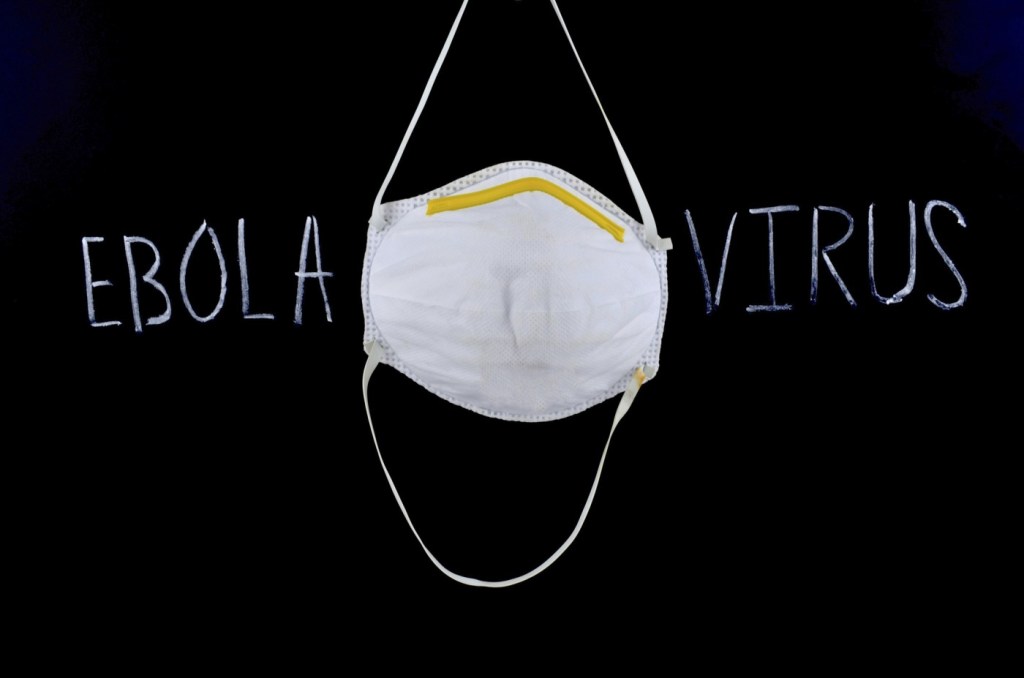3Qs: The word on Ebola

The World Health Organization said on Thursday the number of deaths in Africa due to the Ebola outbreak could reach 4,500 by the end of the week, adding that while the outbreak could take months to contain, a major outbreak in the West is unlikely. In the U.S., one Liberian man has died and two nurses who treated him at a Texas hospital have been diagnosed with the virus. Here, Susan Mello, an assistant professor of communication studies in the College of Arts, Media and Design who studies the intersection of health communication and risk perception, discusses media coverage of the Ebola outbreak, public perception, and whether relentless coverage could spawn an “infodemic.”
A recent Vox article opened with the argument that “The American people are getting two seemingly contradictory messages about the Ebola outbreak. Message 1: PANIC! Message 2: CALM DOWN!” Why has Ebola elicited such strong and opposing messages in the media?
This is a classic issue in communication known as “framing.” In any given story, journalists decide what aspects of an issue to make more or less prominent. During public health epidemics, research shows that news coverage generally frames or focuses predominantly on the consequences of an epidemic (e.g., victims, social impact) and the actions being taken against the disease by governing institutions. When a public health issue becomes politicized, however, media frames become more polarized, highlighting “conflict” over the issue while at the same time attempting to reassure the public that appropriate action is being taken. I believe this is what we’re witnessing now with Ebola as debates are waged over international travel bans and the Centers for Disease Control and Prevention ramps up efforts to quarantine emerging cases in the U.S.
These opposing messages are also a clear indictor of conflicting forces in journalism. The predilection for novelty and dramatization that attract audiences are at odds with ethical standards of the practice that discourage misrepresentation and sensationalism. The “PANIC!” stories are a by-product of the media system, geared toward telling and selling stories. The “CALM DOWN!” stories represent more responsible reporting given that an outbreak in the U.S. is unlikely.
You study the intersection of risk perception and health communication. How might the media’s communication about the Ebola virus be affecting the American public’s perception of the risk of an outbreak in the United States?
A long history of research on agenda setting has shown that issues prioritized in the media agenda will likely become priorities in the public mind. In other words, as news stories about Ebola become more frequent and prominent, audiences are likely to perceive it as a pressing issue. With emerging and unfamiliar threats like Ebola, certain conditions can further amplify or even distort public risk perceptions. For instance, if media coverage lacks important information (e.g., mortality data; comparisons to more familiar epidemics; routes of transmission) or dramatizes the issue, the public will struggle to properly evaluate and respond to the risk of an Ebola outbreak in the U.S. Recent polls (here and here) show that more than half of Americans are concerned about a large Ebola outbreak in the U.S. What’s perhaps more concerning is that the public believes Ebola can be spread by multiple routes, including sneezing and coughing, which health organizations disconfirm.
How does around-the-clock media coverage help or inhibit the ability of health professionals to effectively disseminate information regarding the spread of Ebola?
Media coverage of epidemics is highly event based, with increased coverage corresponding to developments like newly identified cases. There’s been a clear uptick in the issue attention cycle as cases have been diagnosed in the U.S. Two issues concern me with the 24-hour news cycle. First, consistent attention to Ebola-related events will likely displace news about other, more pressing health threats like seasonal flu, which affected more than 50,000 Americans last year and can be prevented. Second, relentless coverage could spawn an “infodemic” in which too much information creates confusion and could lead to desensitization among audiences. If the media overstimulates the public and causes people to disengage from Ebola this early in the game, health communicators may face an uphill battle if the time comes when the CDC needs to mobilize the public in prevention.





